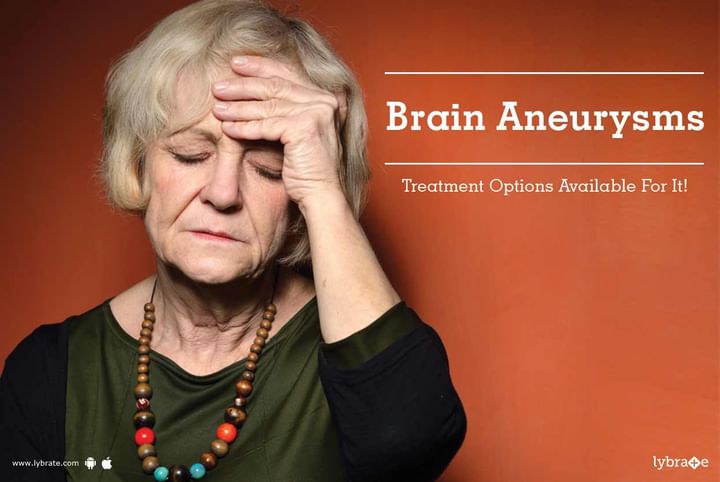Brain Aneurysms - Treatment Options Available For It!
Even though brain aneurysms are becoming common these days, not all of them are required to be treated. In some cases, the physician may choose to observe an aneurysm closely before adopting any treatment measure. But in patients in whom an aneurysm has progressed to a severe level, there are two treatment options:
- Open surgical clipping
- Endovascular therapy or coiling
Open surgical clipping for brain aneurysms:
This procedure is typically performed by a neurosurgeon who makes an incision in the head. An opening in the bone is made, and then a clip is positioned by dissecting through the spaces of the brain. This aids in preventing the flow of blood into an aneurysm. In this procedure, the patient is required to stay in the hospital for two to three nights after which he or she is discharged.
Considerable modifications have been made in the open surgery techniques in the recent years. Neurosurgeons are now able to perform eye brow incisions or mini craniotomies for clipping an aneurysm. In these procedures, a small incision is cut out in the skin above the eyebrow for making a window. A tiny clip is placed across the mouth of an aneurysm to help it heal. But it is worthy of mention here that these are all invasive procedures and take relatively longer time to recover compared to the coiling process.
Endovascular coiling:
- This treatment is also performed by a neurosurgeon, and it has been proved that this process is exceptionally suitable for patients with a ruptured aneurysm. Endovascular coiling is often done in coalesce with an angiogram, where a catheter is inserted into the vessel over the hip, which is then gradually carried to the vessels of the brain and finally to an aneurysm.
- Then the coils are packed to the point where it rises from the blood vessel, which prevents the blood from flowing intothe blood vessel. Most patients undergoing this minimally invasive procedure can go home the day following the surgery. The success rate of this process is very high, and over 125,000 patients have been treated all across the globe with the help of detachable platinum coils.
- Over the last few years, a substantial amount of advancements have taken place in the endovascular techniques. Recent developments show the use of flow diverting embolization devices, which are similar to a stent and are placed in the primary vessel, adjacent to an aneurysm. It diverts the flow away from an aneurysm and therefore, allows the neurosurgeons to treat the brain aneurysms, which were previously considered inaccessible and untreatable.
Both the procedures are quite efficient in treating a brain aneurysm. The most suitable option is dependent on a host of factors such as size, shape, location and overall health condition of the patient. If you wish to discuss about any specific problem, you can consult a Neurosurgeon.



+1.svg)
